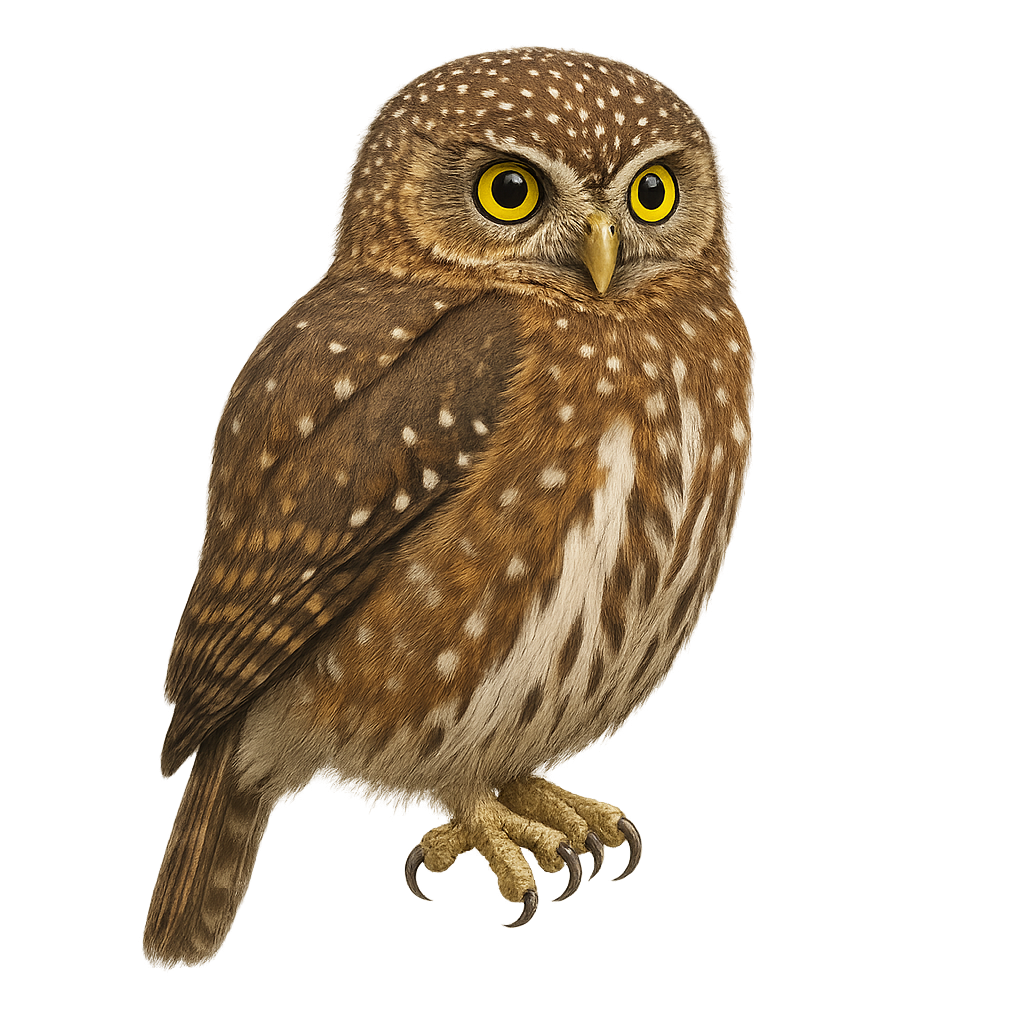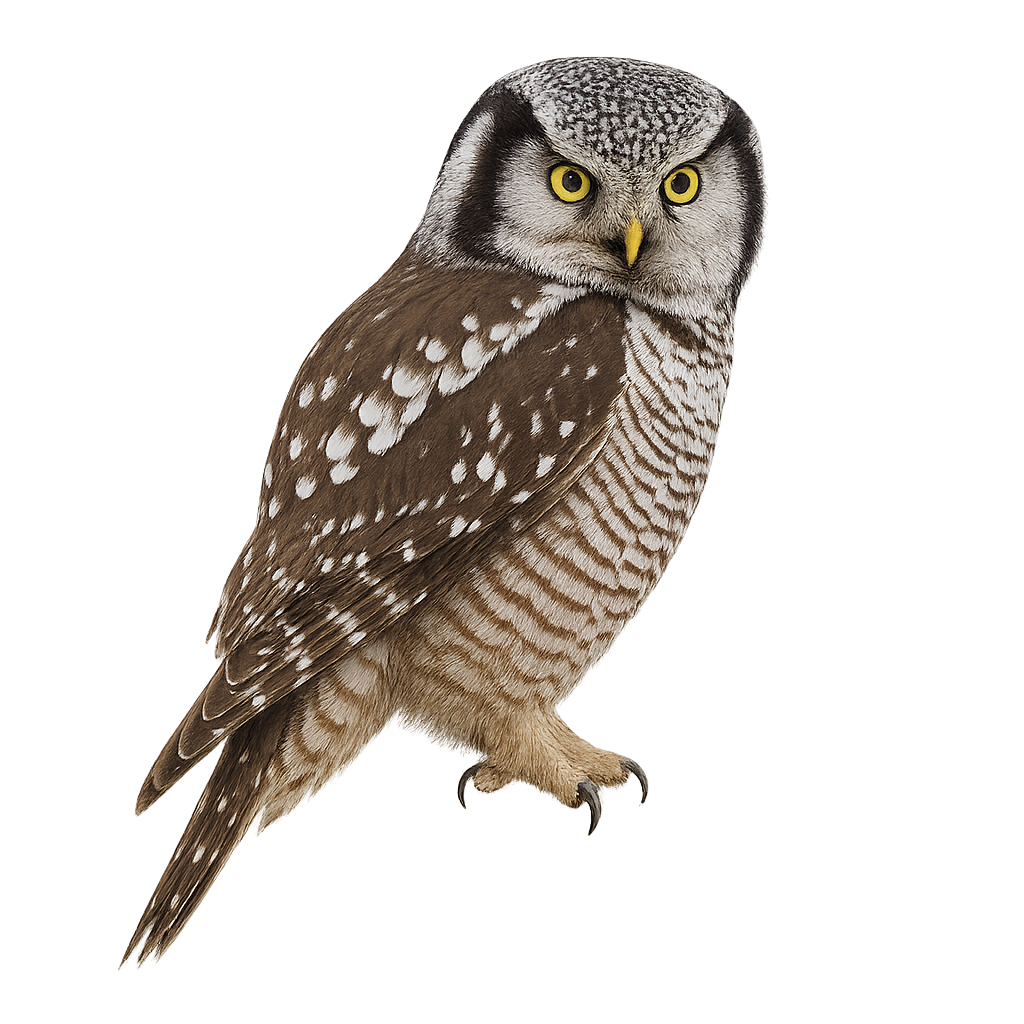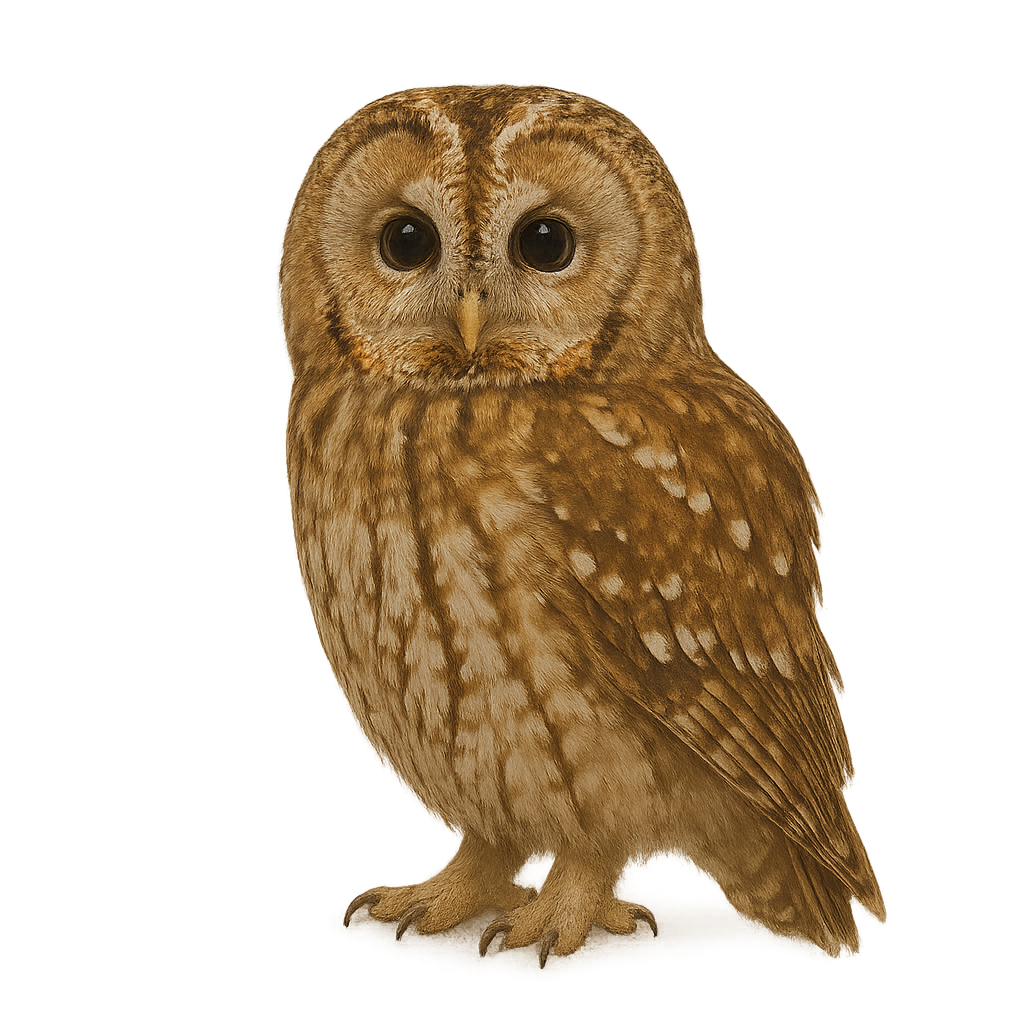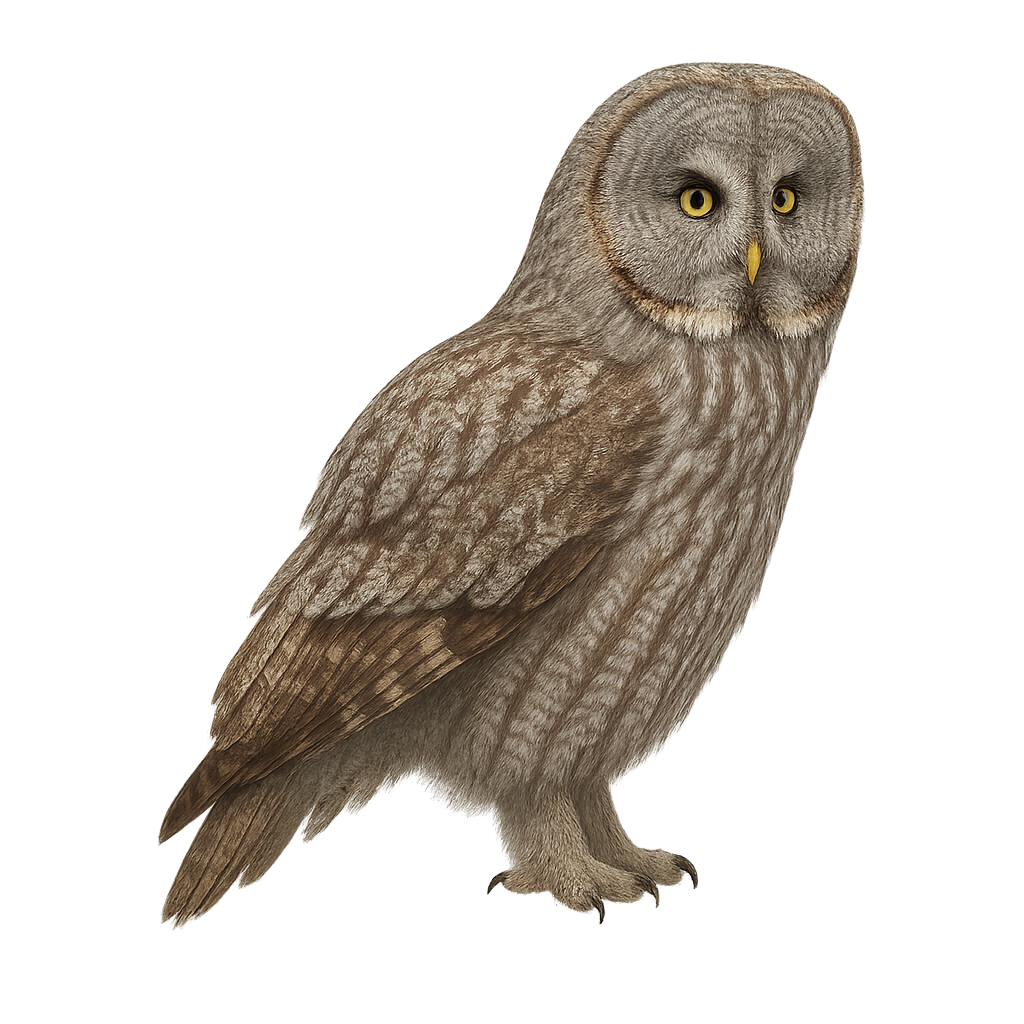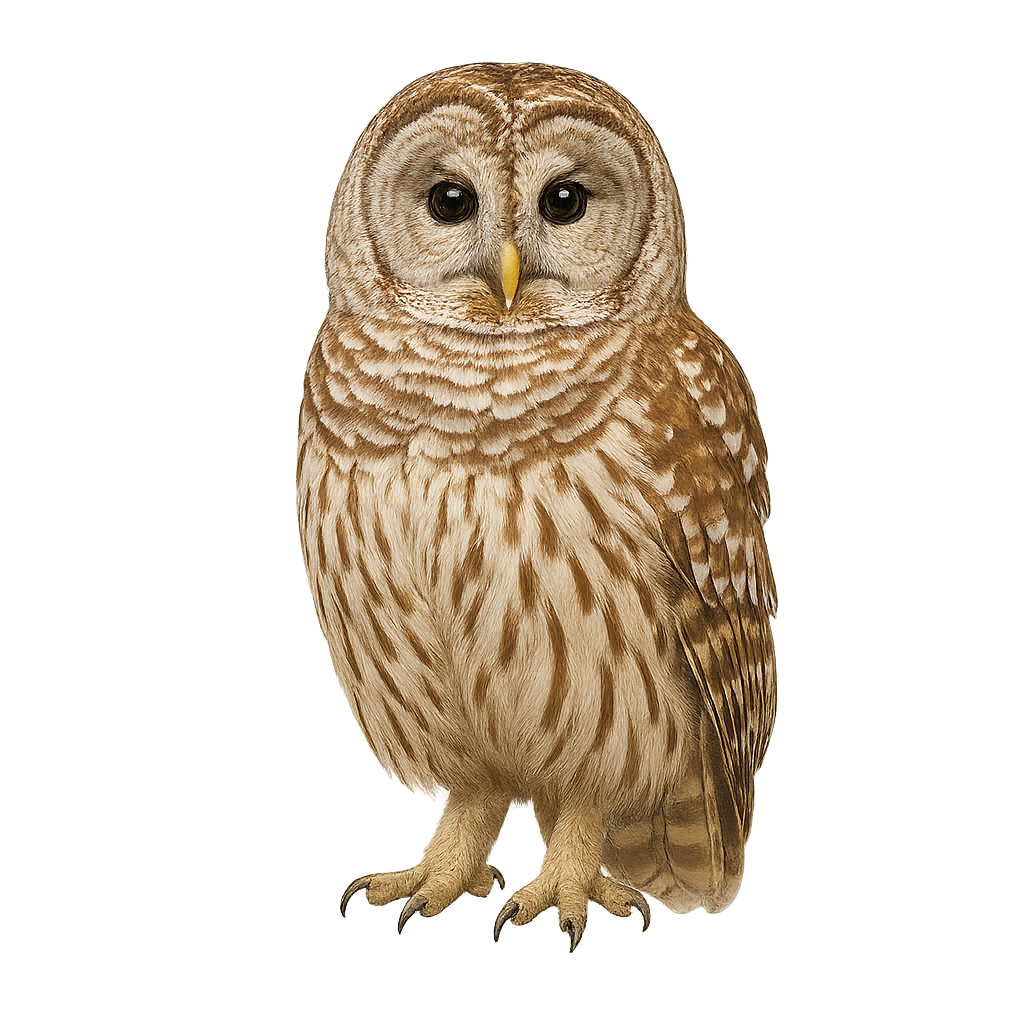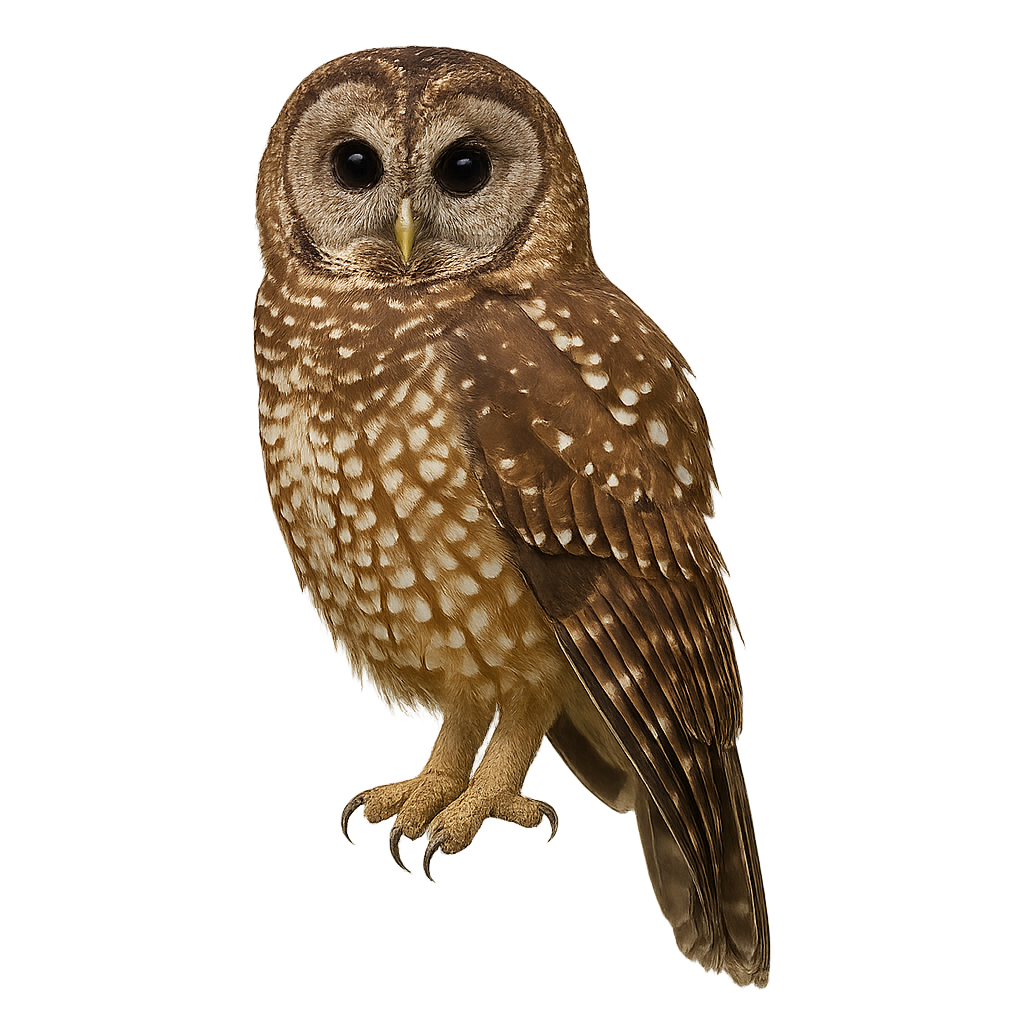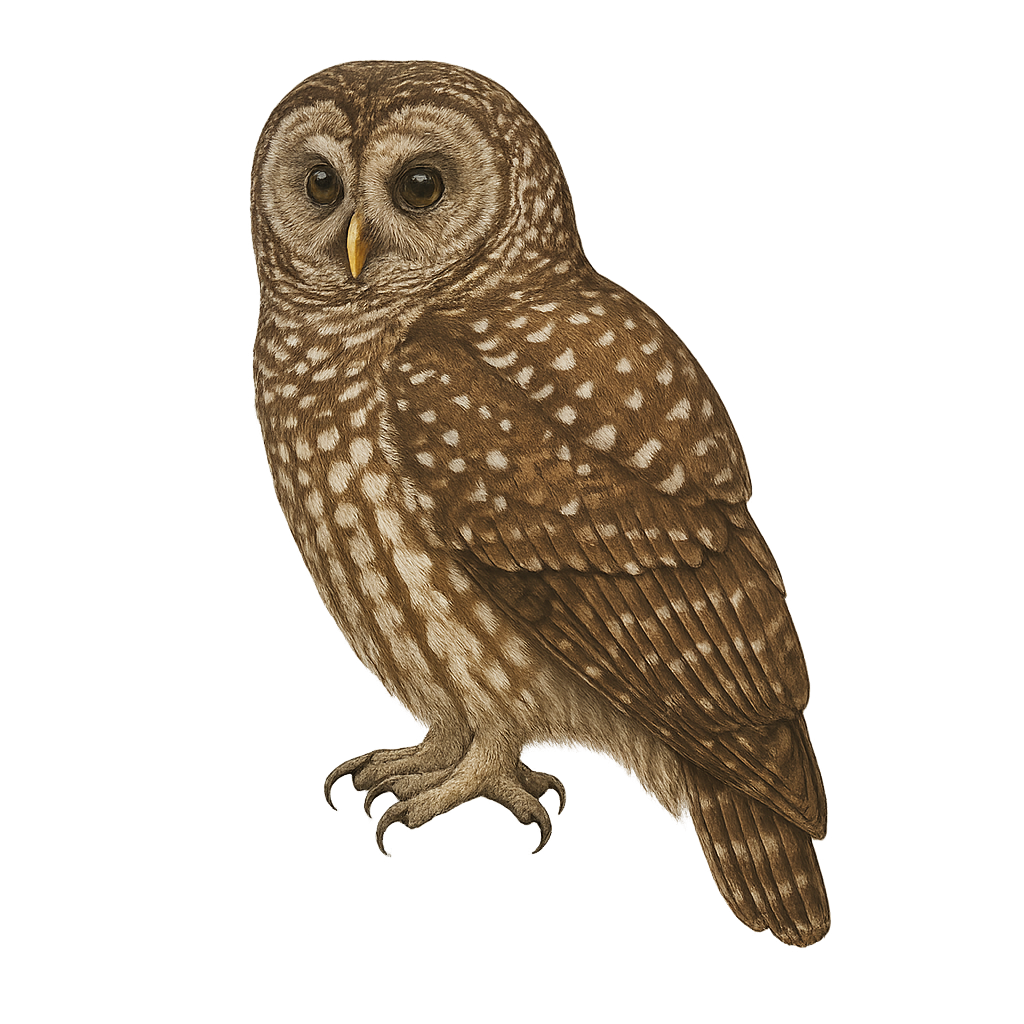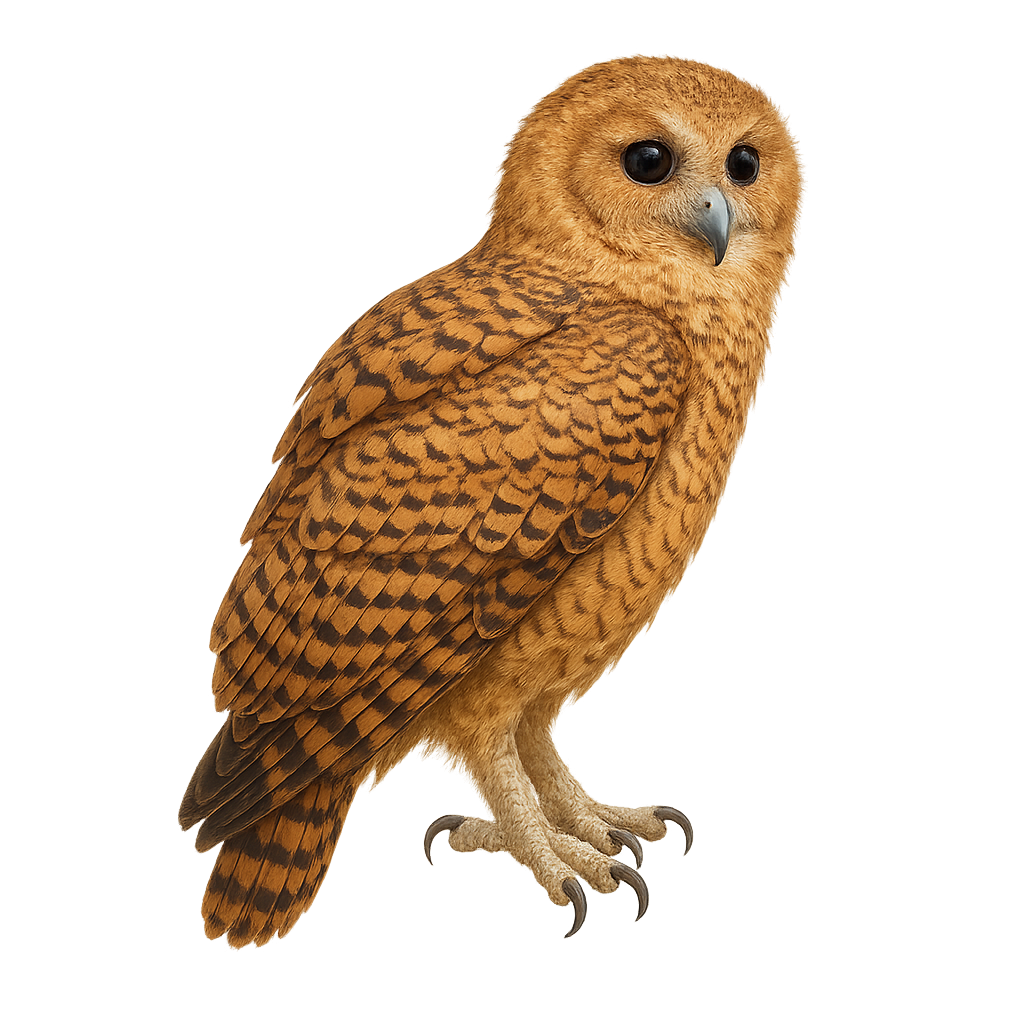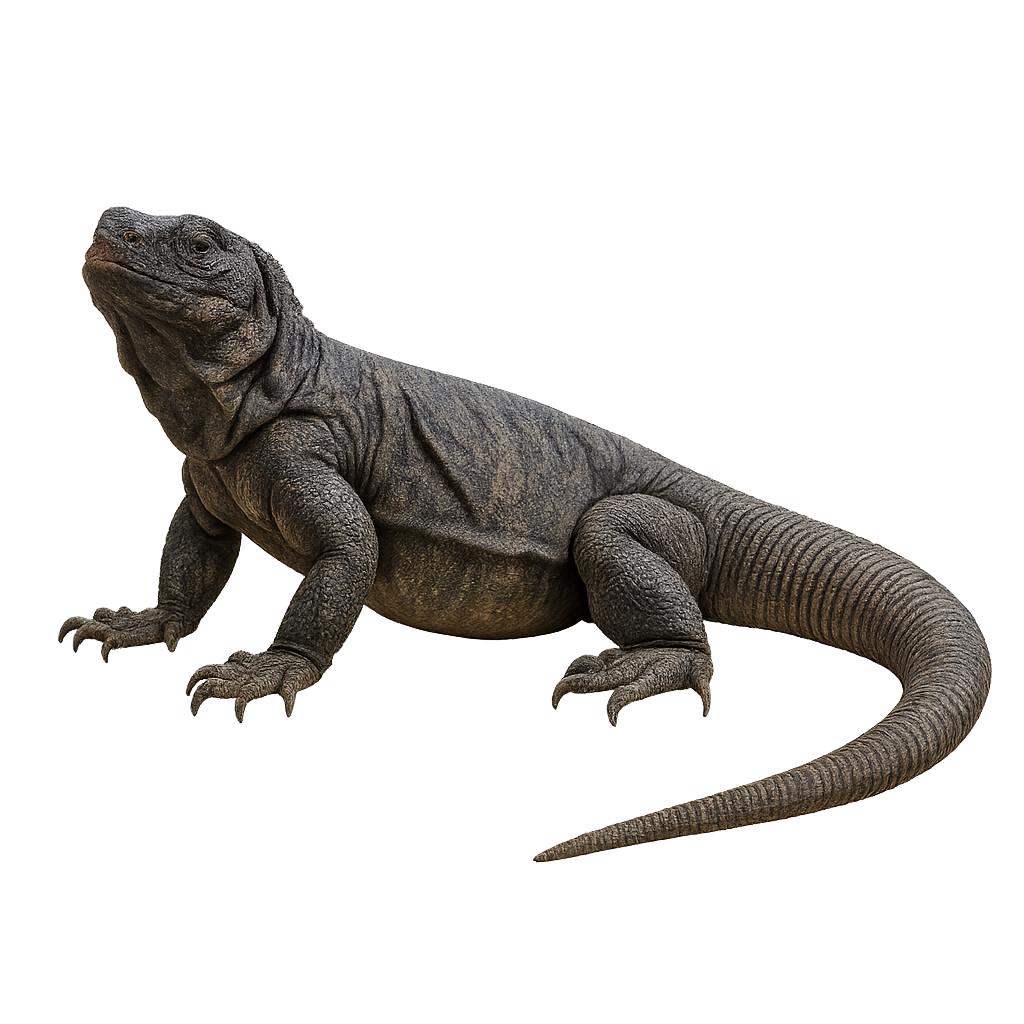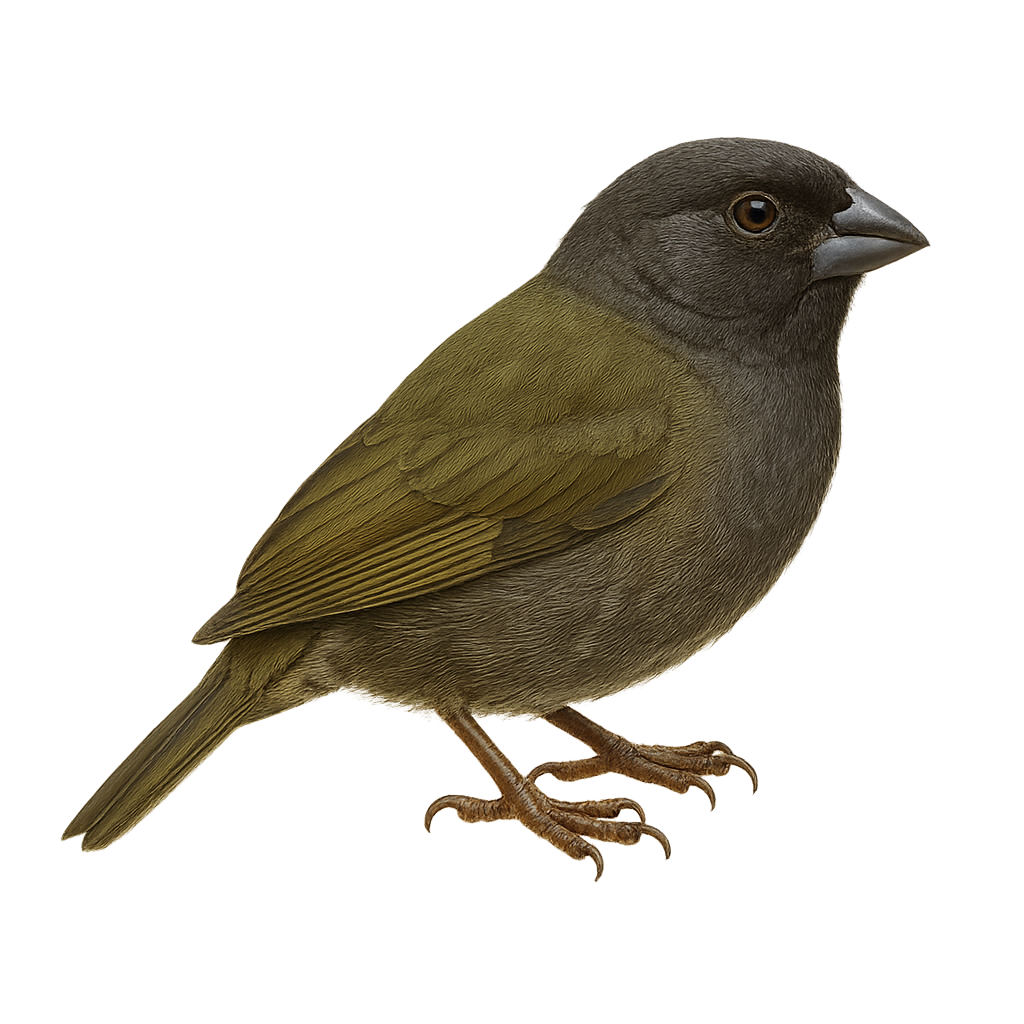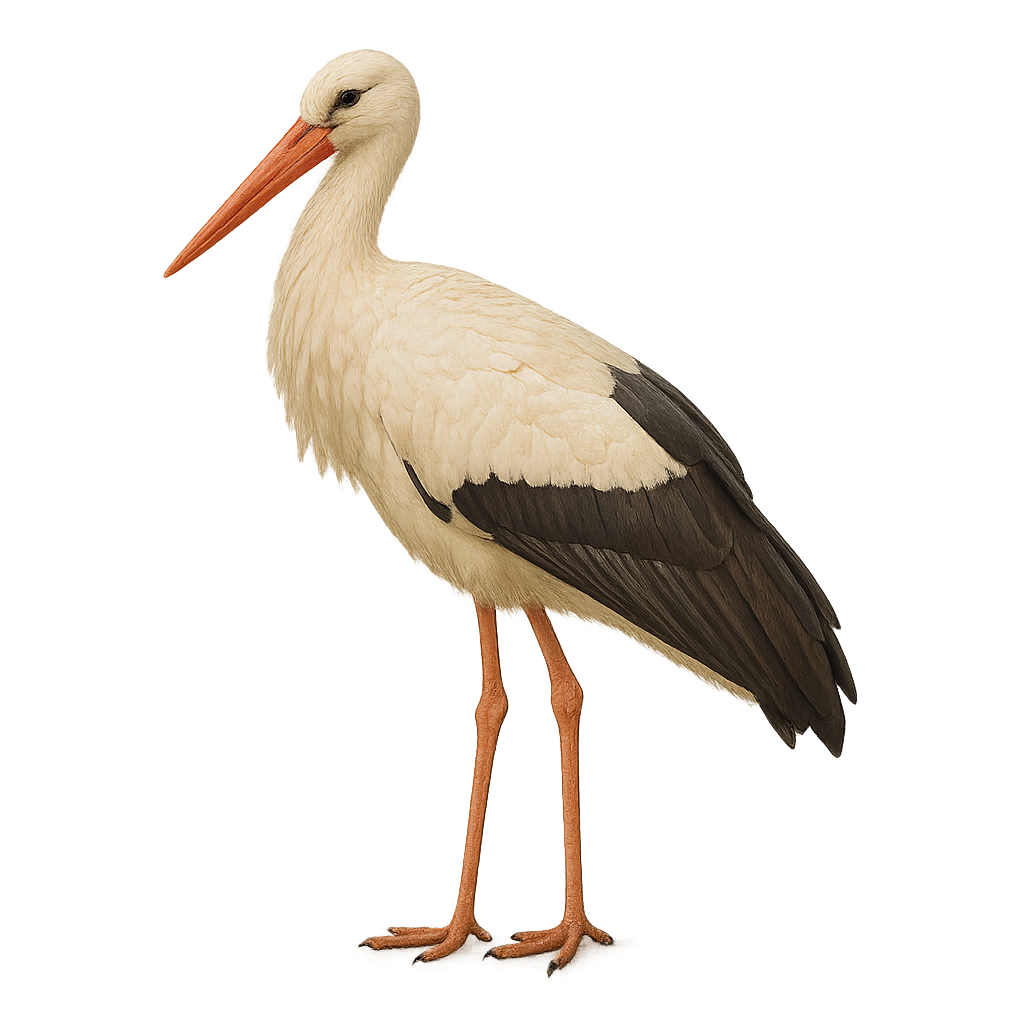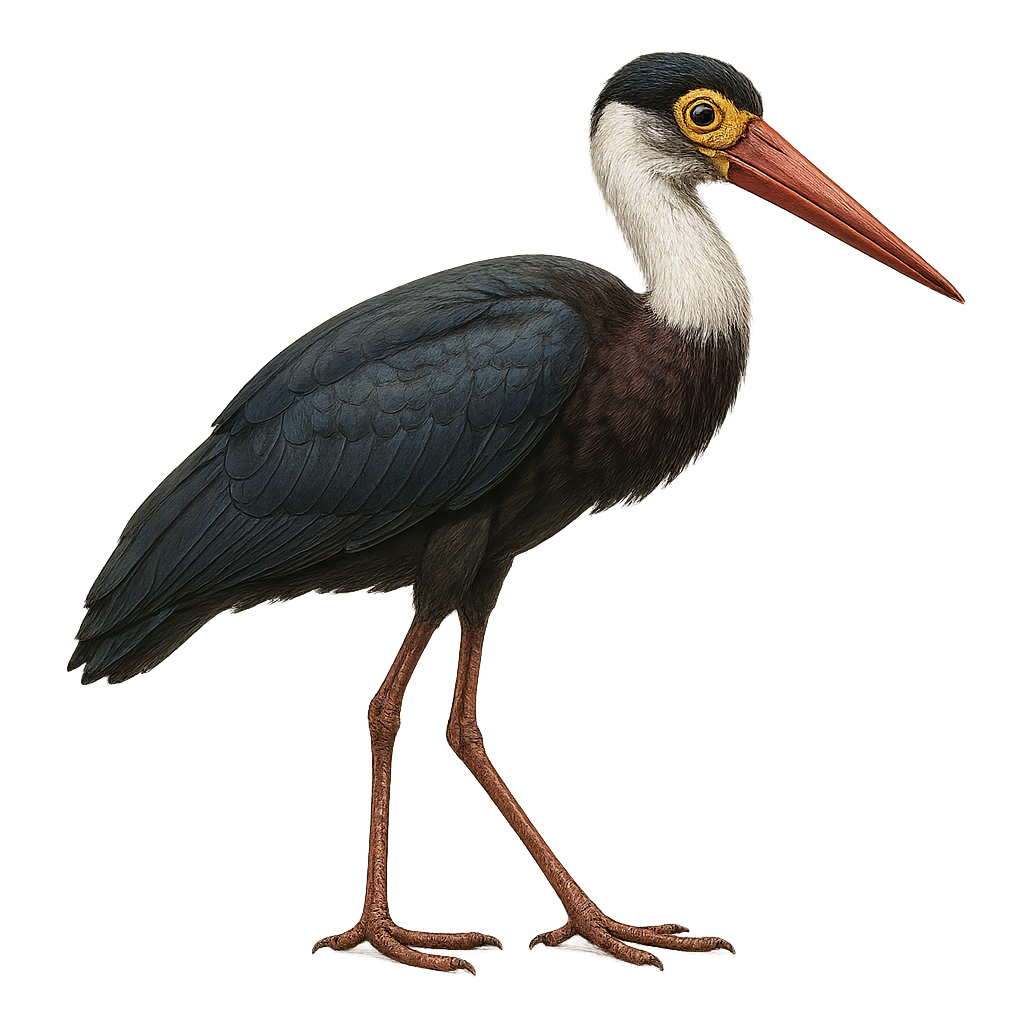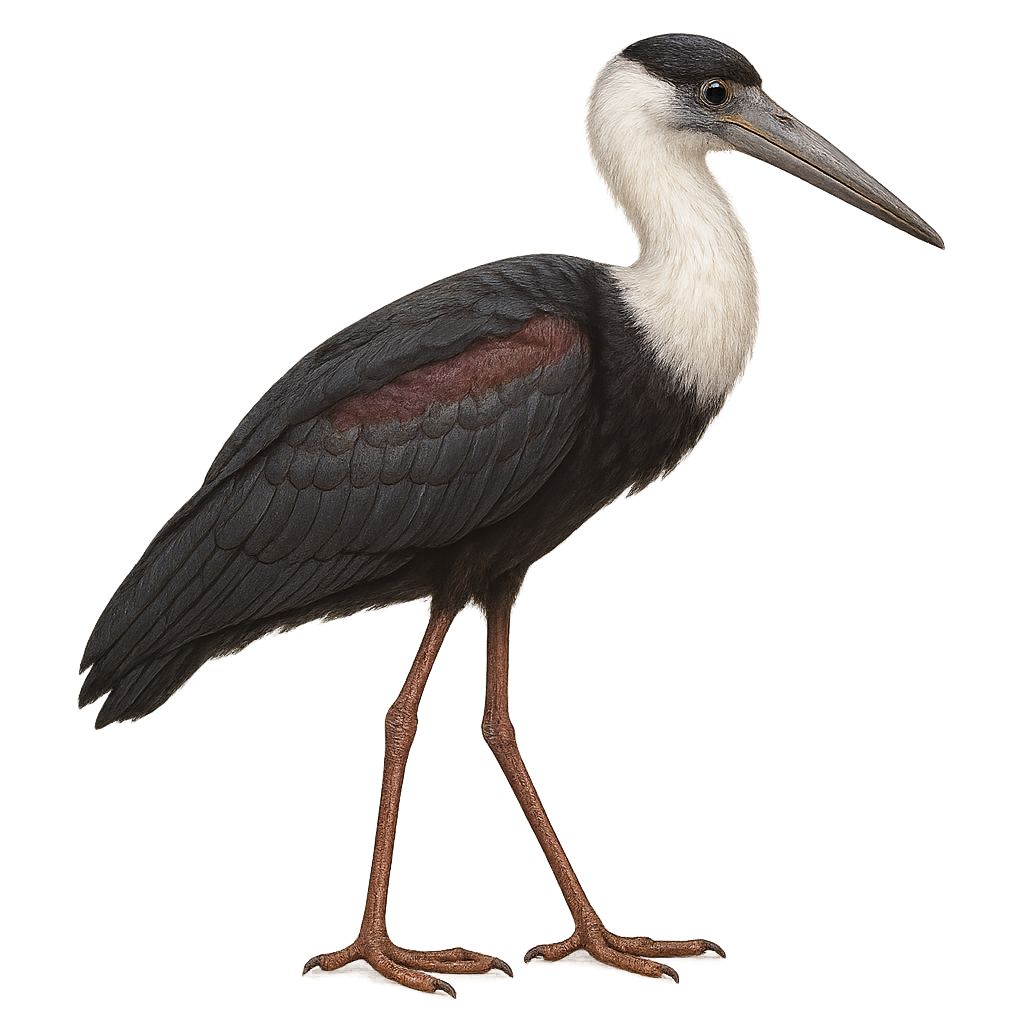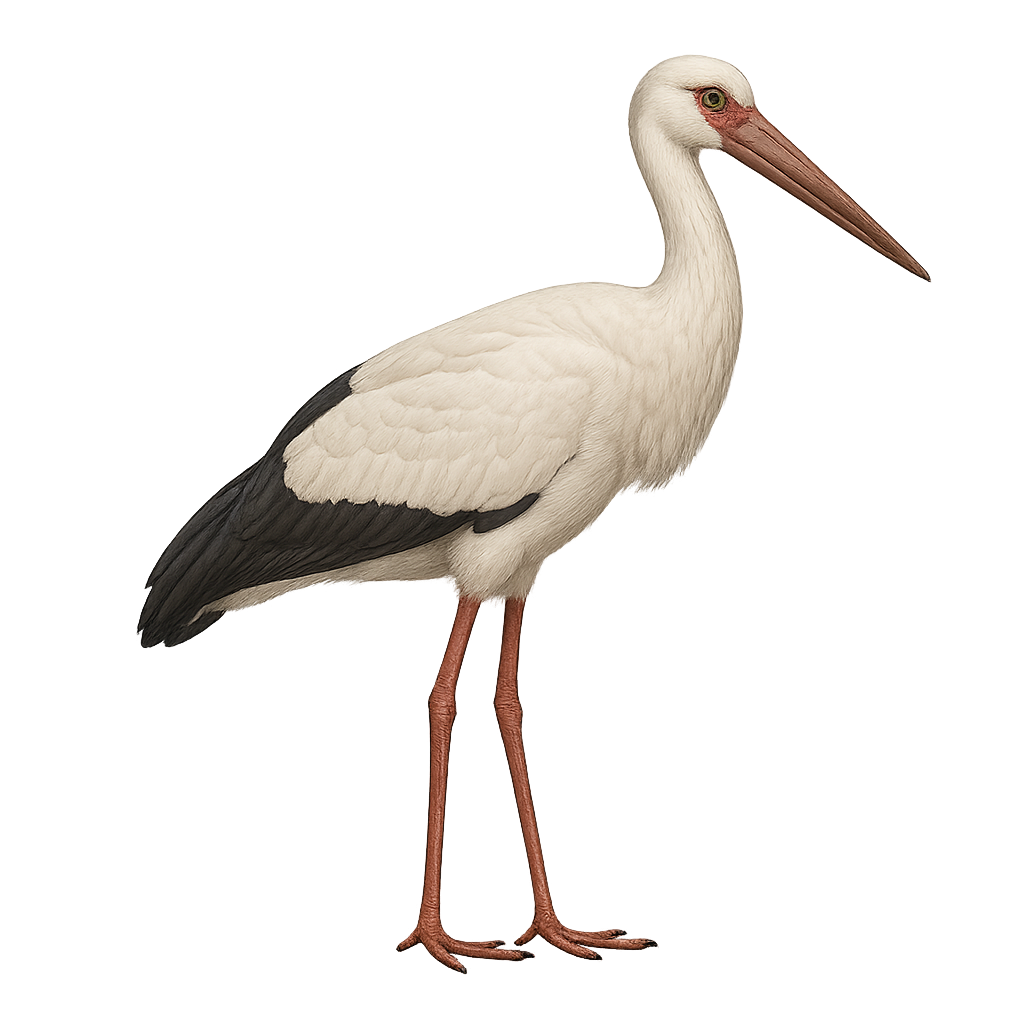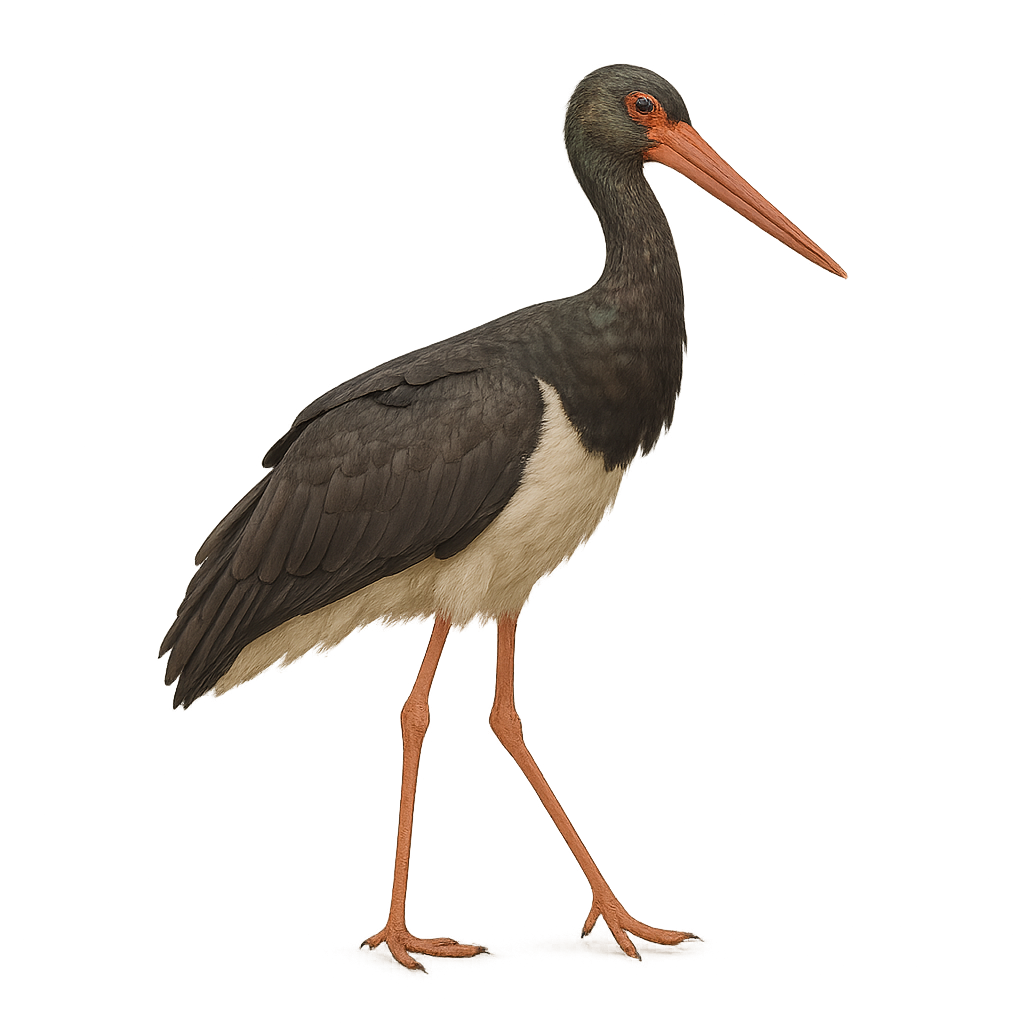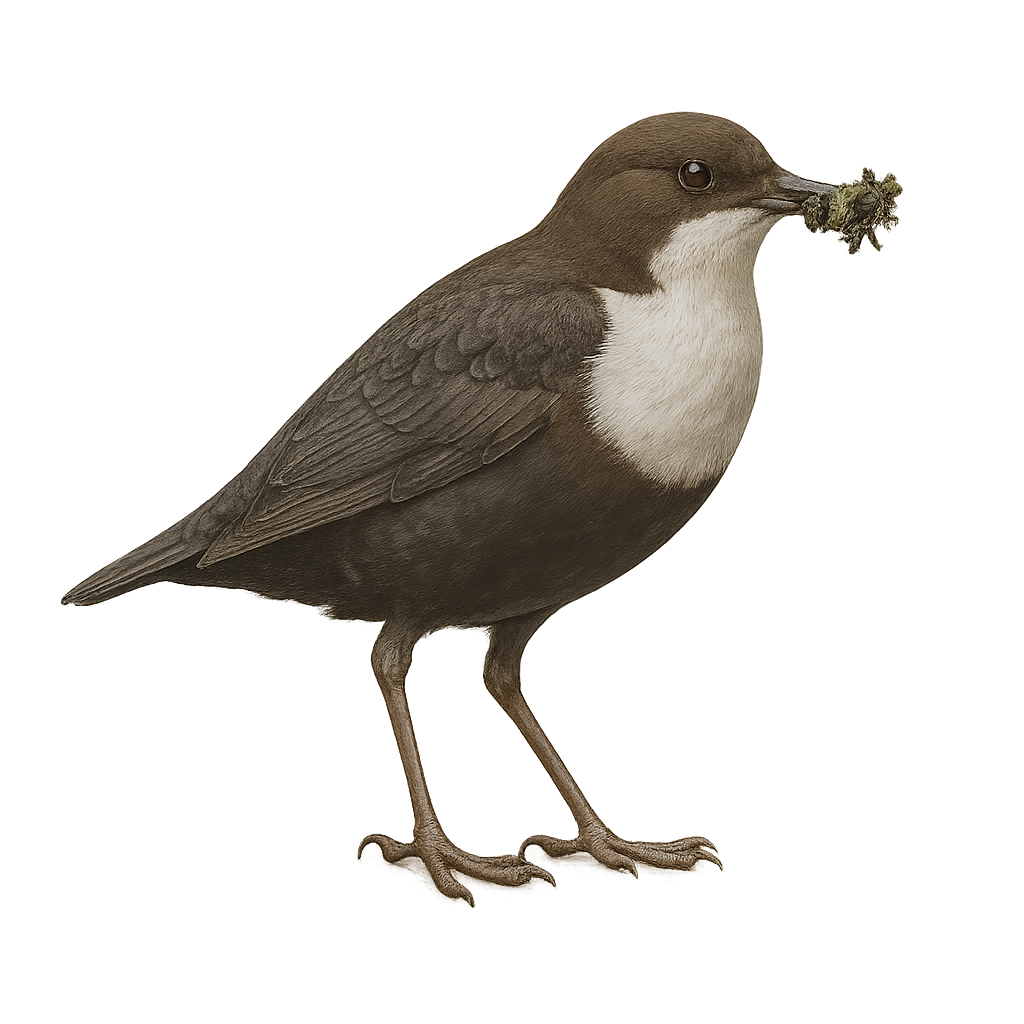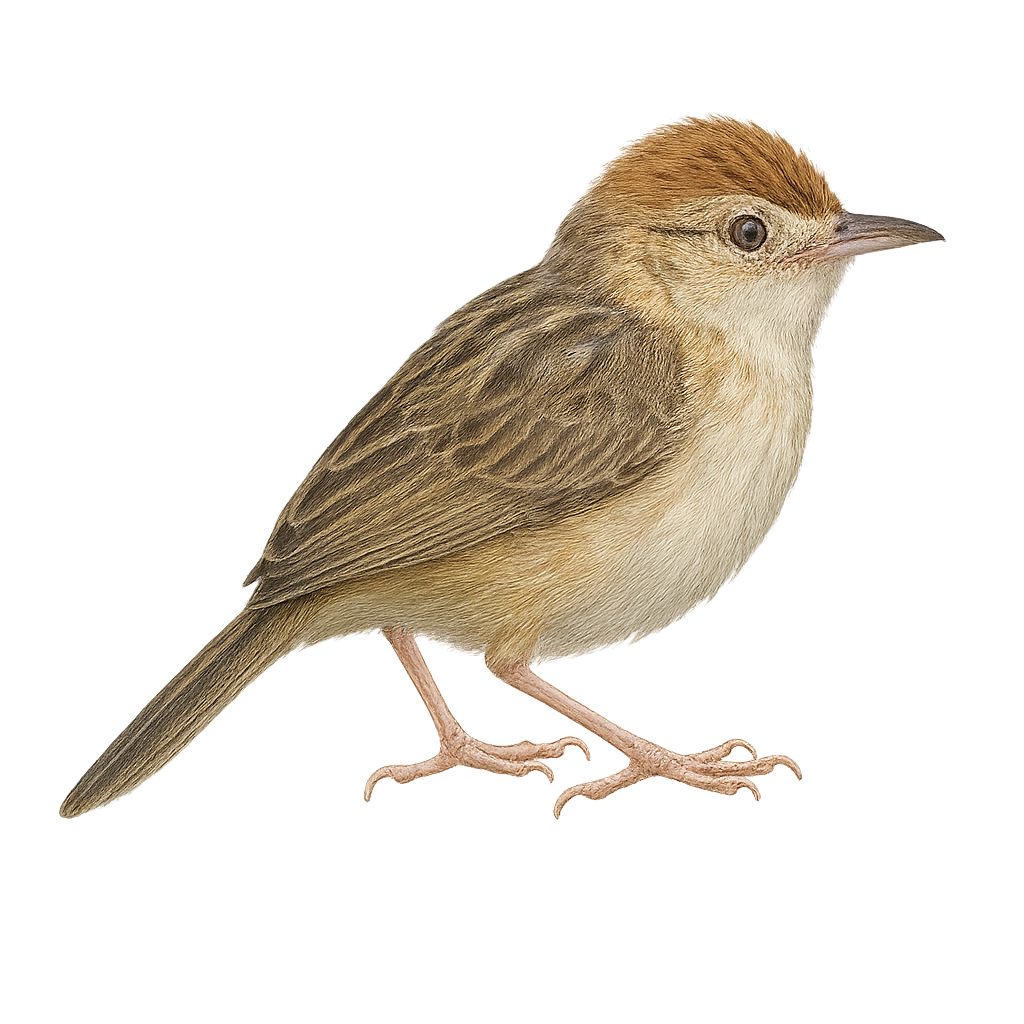The Costa Rican Pygmy Owl, or Glaucidium costaricanum, is a small nocturnal bird of prey found mainly in the mountainous forests of Costa Rica and Panama. It measures about 15 cm in length and is characterized by its brown plumage speckled with white, piercing yellow eyes, and round head. This species is known for its ability to hunt small mammals, birds, and insects, thanks to its exceptional night vision and silent flight. Although primarily nocturnal, it can sometimes be seen at dawn or dusk. The Costa Rican Pygmy Owl is a territorial, often solitary bird that uses tree cavities for nesting.
The Northern Hawk Owl is a unique nocturnal raptor, easily recognized by its large yellow eyes and its plumage marked with white and gray-brown patterns. It has a slender build with a round head, small size, and broad wings adapted for silent flight. It is primarily found in coniferous forests of northern regions, particularly in wooded areas of North America, Northern Europe, and Russia.
This raptor primarily hunts small mammals, birds, and insects, which it catches with its silent flight skills. The Northern Hawk Owl is also known for its ability to hunt during the day if necessary, especially during the breeding season. It is a relatively discreet bird, often feeding near open areas where it can spot its prey. While its population remains stable in some regions, it is threatened by deforestation and the loss of its natural habitat. It is protected in many areas to preserve its coniferous forests.
The Black-banded Owl, or Strix huhula, is a nocturnal bird of prey primarily inhabiting the tropical forests of South America. It is recognizable by its dark plumage, speckled with white bands, and its large dark eyes that provide excellent night vision. Measuring about 35 to 40 cm in length, it primarily feeds on small mammals, insects, and occasionally other birds. Its call is a deep, resonant hoot often heard at night. Though discreet, it plays a crucial role in the ecosystem by regulating prey populations.
The Tawny Owl is one of the most common owls in Europe, easily recognized by its round face forming a facial disc and its large, piercing black eyes. Its plumage is typically brown, with irregular white spots on the belly and back. It has a stocky body, broad wings, and silent flight, which is suited to its nocturnal hunting. This nocturnal raptor primarily inhabits broadleaf and mixed forests, as well as lowland wooded areas.
The Tawny Owl primarily hunts small mammals like rodents, as well as birds, insects, and worms. It uses its ability to fly silently to capture its prey, often in open areas like clearings, forest edges, or fields. It is also known for its characteristic calls, a deep, melodious "hoo-hoo." While its population remains stable in many parts of Europe, the Tawny Owl can be affected by habitat loss, light pollution, and human disturbances.
The Great Grey Owl is a large nocturnal raptor, easily recognizable by its broad facial disc and piercing yellow eyes. Its plumage is primarily gray and brown, with lighter markings on the belly and wings. It has a massive build, a round head, and long wings that allow it to fly silently. This raptor primarily inhabits boreal forests and northern regions of Europe, Asia, and North America.
The Great Grey Owl primarily hunts small mammals, such as hares, rodents, and birds. It has a remarkable ability to locate its prey with its keen hearing and silent flight. It is a solitary owl, preferring dense forests where it can hide during the day. While its population remains generally stable, it is threatened by deforestation, habitat loss, and human disturbances. It is protected in many areas to ensure the preservation of its forest habitats.
The Brown Wood Owl, or Strix leptogrammica, is a nocturnal bird of prey belonging to the Strigidae family. It is primarily found in South and Southeast Asia, inhabiting dense forests and wooded areas. This owl is characterized by its dark brown plumage with lighter patterns, as well as its dark, expressive eyes. Known for its deep, resonant call, often heard at night, the Brown Wood Owl feeds mainly on small mammals, birds, and insects. It is a silent hunter, using its keen hearing to locate prey in the dark. Although relatively discreet, it plays an important role in the ecosystem by regulating rodent populations.
The Pearl-spotted Owlet, or Glaucidium perlatum, is a small nocturnal bird of prey belonging to the Strigidae family. It is easily recognizable by its white spots on the back and piercing yellow eyes. Measuring about 20 cm in length, it weighs between 60 and 80 grams. It primarily inhabits savannas and open forests in sub-Saharan Africa. Although mainly nocturnal, it can be active at dusk. Its diet consists mainly of insects, small mammals, and birds. It is known for its distinctive call, often heard at dusk and dawn. This species is relatively tolerant of human presence, making it easier to observe than other nocturnal raptors.
The Barred Owl is a large nocturnal raptor, easily identifiable by its circular face forming a facial disc and its large yellow eyes. Its plumage is primarily gray-brown, marked with dark streaks on the head, back, and wings, from which it gets its name. This owl has a robust, stocky body, with broad wings and silent flight, perfectly suited to its nocturnal hunting in forests.
It primarily inhabits mixed and deciduous forests, especially in regions of North America. The Barred Owl hunts small mammals like rodents, birds, and occasionally insects, which it captures using its ability to fly silently. It is a solitary predator, hiding during the day in tree cavities or abandoned nests of other animals. While its population remains stable, the Barred Owl is vulnerable to disturbances in its natural habitat, such as deforestation and urbanization. It is protected in many regions to preserve its forest habitats.
The spotted owl is a nocturnal owl native to the dense forests of the western United States and Mexico. It is recognizable by its spotted brown plumage, large dark eyes, and round face. It primarily feeds on small mammals, birds, and insects, hunting at night. Threatened by habitat loss, it is protected in certain regions.
The Northern Spotted Owl is a subspecies of the spotted owl, primarily found in the old-growth coniferous forests of the western coast of North America. It is medium-sized, with dark eyes and brown plumage speckled with white. This owl is a nocturnal predator, feeding mainly on small mammals. It is known for its reliance on mature forest habitats, making it vulnerable to deforestation. Due to habitat loss and competition with the barred owl, it is classified as a threatened species. Conservation of its natural habitats is crucial for its survival.
The Pel's Fishing Owl is a nocturnal bird of prey belonging to the Strigidae family, predominantly found in sub-Saharan Africa. It is distinguished by its rufous-brown plumage, piercing yellow eyes, and large size, reaching up to 63 cm in height. This owl is particularly adapted to fishing, with powerful talons and unfeathered legs, perfect for catching fish. It prefers habitats near water bodies, such as riparian forests and swamps. Its distinctive call, a deep "hoo-hoo," often echoes at dusk. Though elusive, it serves as an important indicator of the health of aquatic ecosystems.
The Spiny Chuckwalla, scientifically known as Sauromalus hispidus, is a large lizard endemic to San Esteban Island in the Gulf of California, Mexico. This reptile is recognized for its rough, spiny skin, which helps it blend into its rocky environment. It primarily feeds on vegetation, including flowers and leaves. Males are generally larger than females and display more vibrant colors. This lizard is well adapted to its arid habitat and can withstand long periods without water. It is often seen basking in the sun on rocks, which helps regulate its body temperature.
The Black Finch, or Melanospiza bicolor, is a small passerine bird endemic to certain Caribbean islands. It is primarily recognized for its glossy black plumage in males, while females display browner tones. This passerine is distinguished by its robust beak, adapted to its granivorous diet. It frequents dry forests, shrubs, and bushy areas, where it primarily feeds on seeds and small insects. Although discreet, the Black Finch is often spotted thanks to its melodious song. Its population is currently stable, but it remains vulnerable to disturbances in its natural habitat.
The Black-legged Stork, or Ciconia microscelis, is a large African wading bird with an elegant appearance, easily recognized by its pure white plumage, black wings, and dark legs. It is found mainly in sub-Saharan Africa, inhabiting moist savannas, marshes, and riverbanks. Usually seen alone or in pairs, it feeds on fish, amphibians, aquatic insects, and occasionally small reptiles. Its discreet behavior and wide range mean it remains relatively understudied. The species is generally considered stable, though local populations may be affected by wetland degradation.
The White Stork is a large bird easily recognized by its slender silhouette, bright white plumage, and long red legs. It has a long pointed beak, which it primarily uses to capture prey in wetlands, meadows, and fields. This migratory bird travels thousands of kilometers each year, migrating from Eastern and Central Europe to Africa for the winter.
The White Stork primarily feeds on small mammals, amphibians, insects, and small birds, which it captures with its great ability to walk and forage through grass or mud. While it is a solitary bird during breeding, it gathers in large colonies during migrations. Although its population remains stable in many parts of Europe, it faces threats from habitat loss, hunting, and human disturbances. Conservation efforts are underway to protect this iconic species.
The Abdim's Stork, scientifically known as Ciconia abdimii, is a bird species belonging to the Ciconiidae family. It is easily identifiable by its black and white plumage, grey bill, and red legs. This stork is mainly found in sub-Saharan Africa, where it inhabits savannas, grasslands, and wetlands. It is migratory and moves in large colonies. The Abdim's Stork feeds primarily on insects, small reptiles, and amphibians. It is known for its social behavior and tolerance of human presence. Although its conservation status is currently "least concern," it remains vulnerable to environmental changes and habitat loss.
The Storm's Stork, or Ciconia stormi, is a rare species of stork found primarily in the tropical rainforests of Borneo and Sumatra. It is distinguished by its black and white plumage, reddish beak, and long legs. This stork is particularly elusive and difficult to observe, making its study complex. It feeds mainly on fish, frogs, and insects, which it captures in shallow waters. Habitat destruction poses a major threat to its survival, and it is currently classified as critically endangered by the IUCN. Conservation efforts focus on protecting its habitats and raising awareness among local populations.
The Woolly-necked Stork, or Ciconia episcopus, is a majestic and imposing bird, easily recognizable by its distinctive black and white plumage and woolly neck. It primarily inhabits wetlands, marshes, and rivers in South and Southeast Asia, as well as some regions of Africa. Measuring between 80 and 94 cm in height, it has a long, pointed beak, ideal for capturing its food, which mainly consists of fish, amphibians, and insects. Although often solitary, it can be observed in small groups during the breeding season. The Woolly-necked Stork is a diurnal bird, active mainly during the day, and is known for its ability to cover long distances in flight.
The Maguari Stork, or Ciconia maguari, is a large wading bird known for its striking white plumage and black wings. It has a long reddish bill and slender legs, allowing it to move gracefully through wetlands. Predominantly found in South America, it inhabits marshes, flooded grasslands, and riverbanks. The Maguari Stork is a gregarious bird, often seen in small groups. It primarily feeds on fish, amphibians, and aquatic insects. Although its conservation status is currently "least concern," habitat destruction poses a potential threat.
The Black Stork is a large bird with dark, glossy plumage, characterized by its slender silhouette and long red legs and beak. Its plumage is primarily black, with a slight greenish tint and a metallic sheen on the wings and back. This migratory raptor is distinguished from its cousin, the White Stork, by its more discreet behavior and preference for wilder habitats. It primarily inhabits dense forests, wetlands, and mountainous areas of Eastern and Southeastern Europe and Asia.
The Black Stork primarily feeds on fish, amphibians, and small mammals, which it catches with its long beak while moving silently near rivers and lakes. Unlike the White Stork, it prefers isolated habitats, avoiding human areas. Its population has long been in decline due to deforestation, illegal hunting, and disturbance of its breeding habitats. However, conservation efforts have helped stabilize its populations in some regions.
The Oriental Stork, Ciconia boyciana, is a large wading bird belonging to the Ciconiidae family. It is characterized by its striking white plumage contrasted with black wings and a long black bill. Standing about 110 to 115 cm tall, it boasts an impressive wingspan of up to 2 meters. This species is primarily found in East Asia, particularly in China, Russia, and Japan. It inhabits wetlands, marshes, and rice paddies, feeding on fish, amphibians, and insects. The Oriental Stork is an endangered species, mainly due to habitat loss and pollution. Conservation efforts are underway to protect this iconic species.
The White-throated Dipper is a small aquatic bird, easily recognized by its dark plumage, compact body, and characteristic posture, often seen bobbing on rocks at the edge of streams. It has brownish plumage on its back and a white chest, with a short, powerful beak. This small bird is perfectly adapted to aquatic life, thanks to its webbed feet that allow it to swim and dive underwater in search of food.
The White-throated Dipper primarily feeds on aquatic insects, larvae, and small fish, which it captures by diving into rivers and streams. It is capable of swimming underwater and moving along the riverbed to search for prey. Although this bird is generally solitary, it can be observed in clear river or stream habitats, primarily in Europe and Asia. While it is generally not threatened, it can be impacted by water pollution and the disruption of its natural habitats.
The White-bellied Cinclodes is a medium-sized bird, easily identified by its dark brown plumage contrasting with its pure white belly. It primarily inhabits Andean regions, feeding on insects and small invertebrates found by probing the ground with its slender, slightly curved beak. This bird is often seen near streams or in wet grasslands, moving with agility. Although relatively tolerant of human presence, it prefers less frequented areas. Its song is a melodious trill that echoes through the mountains, adding a musical touch to its natural surroundings.
The Taczanowski's Cinclodes is an endemic bird of the Peruvian Andes, primarily found in high-altitude regions. It is recognizable by its dull brown plumage, with lighter shades on the belly and a distinctive white band on the wings. This bird is often seen foraging on the ground for insects and small invertebrates, its main diet. It is well adapted to the harsh mountain conditions, often spotted near streams and wetlands. Although its habitat is limited, it is not currently considered threatened, but habitat degradation could pose future risks.
The Brown Snake Eagle, or Circaetus cinereus, is a medium-sized raptor primarily found in sub-Saharan Africa. It is characterized by its uniform brown plumage and striking yellow eyes. This predator specializes in hunting snakes, capturing them with its keen eyesight and powerful talons. It inhabits savannas, open grasslands, and sparsely wooded areas. Its flight is majestic, often soaring at high altitudes in search of prey. The Brown Snake Eagle is a solitary bird, except during the breeding season when it forms pairs. Although its habitat is extensive, it is sensitive to human disturbances and habitat destruction.
The Short-toed Snake Eagle is a large diurnal raptor, easily recognized by its white and light gray plumage, powerful beak, and large, wide, rounded wings. It is primarily found in open areas, steppes, light forests, and hills across Europe, North Africa, and the Middle East. This raptor is distinguished by its unique hunting habits: it feeds almost exclusively on snakes, which it spots using its keen eyesight.
The Short-toed Snake Eagle mainly preys on snakes, including vipers and grass snakes, which it captures by attacking them in flight or grabbing them on the ground. Once it has captured its prey, it kills it with a powerful beak strike before devouring it. Due to its specialized diet, it is often seen in habitats where snake populations are abundant. Although its population remains relatively stable, it is threatened by habitat loss, human disturbance, and illegal hunting in certain regions.
The Rufous-crowned Cisticola is a small passerine bird belonging to the Cisticolidae family. It is recognizable by its distinctive rufous head and brownish plumage, which allows it to blend into its natural habitat. This bird is primarily found in open grasslands, savannas, and shrublands of sub-Saharan Africa. It is known for its melodious and repetitive song, often heard during the breeding season. The Rufous-crowned Cisticola is an active and agile bird, spending most of its time foraging for food, mainly consisting of insects and small invertebrates. Although relatively common within its range, it can be difficult to spot due to its small size and discreet behavior.
The Chattering Cisticola is a small passerine bird belonging to the Cisticolidae family. It is primarily found in the humid regions of Central and West Africa. This small bird is characterized by its brownish plumage and relatively short tail. Chattering Cisticolas are often identified by their distinctive song, a rapid and repetitive chirping. They mainly feed on insects and small invertebrates, which they find in tall grasses and bushes. Their behavior is generally suspicious, making them difficult to observe closely. They build ball-shaped nests, often well hidden in dense vegetation.
The Zitting Cisticola is a small passerine bird from the Cisticolidae family, often found in wetlands and grasslands. It is recognizable by its brown streaked plumage, short tail, and distinctive song. Measuring about 10 to 12 cm in length, it weighs between 8 and 10 grams. Highly active, it is often seen fluttering above vegetation. Its diet mainly consists of insects and spiders. The Zitting Cisticola is widely distributed across southern Europe, Africa, and South Asia. It builds a cup-shaped nest in tall grasses, where it usually lays 3 to 5 eggs.
The Rattling Cisticola, a small passerine bird from the Cisticolidae family, is widespread in the savannas and grasslands of sub-Saharan Africa. It is characterized by its brownish plumage with dark streaks on the back and a lighter chest. Its tail is relatively short and often held upright. Known for its distinctive call, a repetitive "rattling" sound, this bird is active and often seen hopping from one grass stem to another. It primarily feeds on insects and small invertebrates. Although generally discreet, it becomes more visible and vocal during the breeding season.


